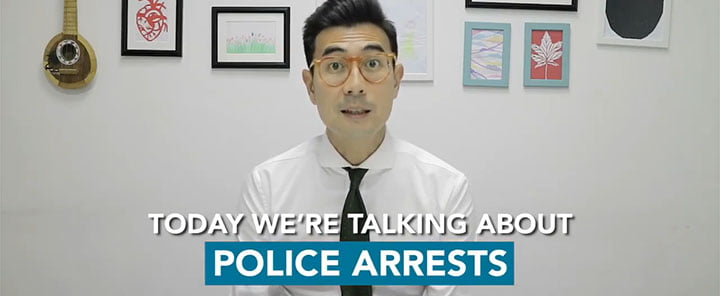Today, we’re talking about police arrests and what you should know about them.
What exactly is an arrest?
An arrest takes place where police or an enforcement officer takes into custody a person who’s been reasonably suspected of having committed a criminal offence.
An arrest can take place in 2 situations: with or without a warrant of arrest
A warrant of arrest is required when the offence is not so serious for example when the offence is one of mischief or simple hurt.
On the other hand, an arrest warrant is not required when the offence is one that is more serious. For example, when the offence involves robbery, theft, serious hurt or outrage of modesty, otherwise known as molest.
When an arrest is made, lethal force can be used by the officer to effect the arrest. This is especially the case when the suspect is trying to evade the arrest or is putting up resistance or is fighting back against the officers who are trying to apprehend him.
A male officer can arrest a female suspect, however, only a female officer is allowed to conduct a search on a female suspect.
After an arrest has been effected, the suspect is brought back to the police station where his belongings will be surrendered.
At the police station, the suspect is interviewed, and a statement is recorded from him. And this is part of the investigations process.
The investigations process usually lasts up to 48 hours, which is the maximum which the police or the enforcement agency can hold the person for before either releasing the person without charge or deciding to formally charge the person with a criminal offence.
If the investigators require more time to interview or to conduct their investigations, they can request for the court’s permission to hold the person beyond 48 hours.
So, there you have it. Some basic information about arrests. Thanks for watching, see you again soon. Bye-bye!


 Importance of quickly engaging a Criminal Defence Lawyer in Singapore
Importance of quickly engaging a Criminal Defence Lawyer in Singapore